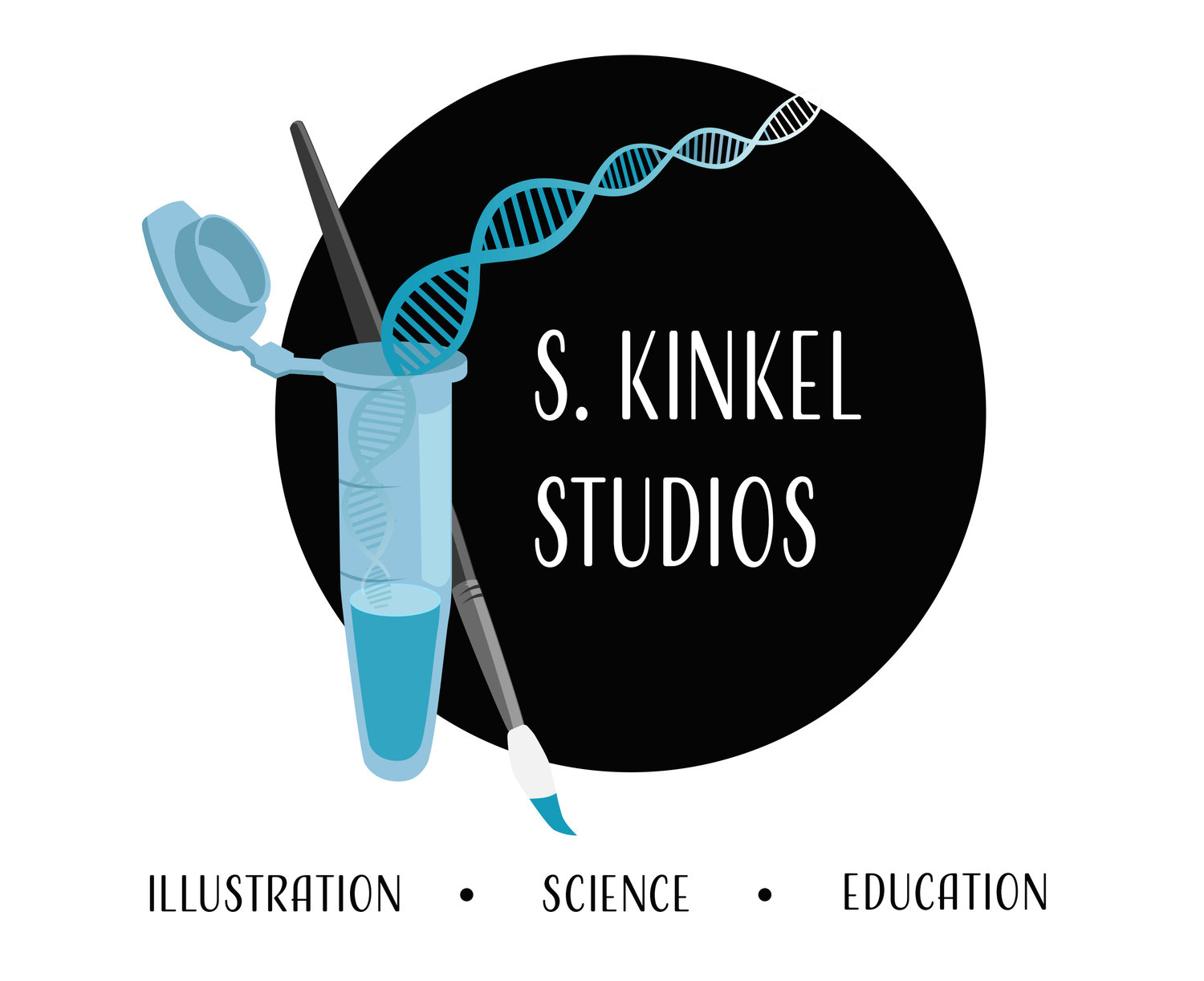(Or, How I Became an Artist — for Real This Time)
So here’s a thing I haven’t said out loud (or online) in a while:
Hi, I’m an artist. And I’m making something new.
After a long stretch of silence on this corner of the internet, I’m coming back — not with a polished portfolio or a grand unveiling — but with a story. A true one. One that I wasn’t sure I’d ever share.
Recently, I was invited by the lovely folks at Safe & Sound here in San Francisco — in partnership with The Moth (yes, that Moth) — to contribute to a series on resilience. I thought I’d send them a little something, and that story would end there.
Instead, I ended up telling this story, live, in front of an audience, and very (very) large cameras.
It’s about how I started to draw — not as a kid (though there were plenty of crayons and poorly drawn horses back then), but later. When I needed it. When I didn’t know what else to do. It’s about making marks on paper as a way of finding my way back to myself.
And now that story — shaky voice, earnest heart and all — lives in video form.
You can watch it here.
It’s vulnerable, and it’s real, and it offers a sneak preview of something I’ve been quietly building behind the scenes. Spoiler: it might just be a book project. (More on that soon… shhh.)
But for now, I’m sharing this as a beginning. A re-entry. A reminder that you can always start again — with one small story, one blank page, one imperfect line.
Thanks for being here. It means the world.
With so much gratitude,
Stephanie



